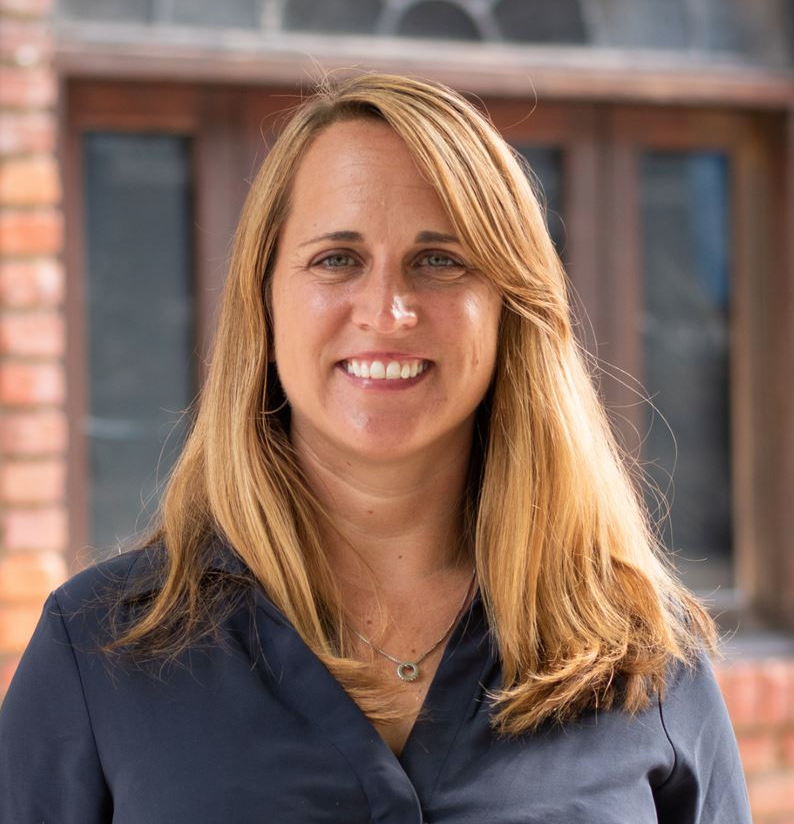A bill introduced this week would allow healthcare providers in good standing to use telehealth to treat patients in any state during the coronavirus pandemic.
– A new bill before Congress takes aim at one of the bigger barriers to telehealth expansion: interstate licensure.
Senators Chris Murphy (D-CT) and Roy Blunt (R-MO) this week unveiled the Temporary Reciprocity to Ensure Access to Treatment (TREAT) Act, which would enable healthcare providers in good standing to use connected health to treat patients in any state during the coronavirus pandemic.
“The COVID-19 pandemic has created unique challenges for our health care system, like reaching patients who are advised to avoid clinics and hospitals, allowing students to continue care when they’re away from campuses, or speeding reinforcements to areas with a high number of cases,” Blunt said in a press release. “The TREAT Act responds to those challenges by increasing flexibility for providers to care for patients wherever they are. The bill maintains all the safeguards patients should expect, while eliminating bureaucratic hurdles that impede access to care. It’s the right approach to make sure we keep people connected with their providers and allow frontline workers to lend support in areas where they’re needed most.”
Current guidelines require providers to have licenses in each state in which they practice, a costly and time-consuming issue for health systems that span several states and telehealth services that reach patients regardless of where they’re located. It’s a hotly debated issue, with some supporting the current practice, some supporting licensure compacts that span several states or regions, and some even suggesting one license for the entire country.
Some states have relaxed their guidelines during the ongoing COVID-19 crisis, but telehealth advocates note the process is still very confusing, with each state having its own rules. And those emergency measures will end with the emergency.
Providers sanctioned by the Department of Veterans Affairs already have the ability to use telehealth to treat veterans in any state. That freedom was included in the Veterans E-Health & Telemedicine Support (VETS) Act, which was passed in 2017.
The bill would give Health and Human Services Secretary the authority to phase out the service over a six-month period after the coronavirus ends and launch it again in future emergencies. It would also require the provider to obtain oral or written permission from the patient before using telemedicine or mHealth technology, and give each state the authority to pursue investigations or disciplinary actions on any provider who has practiced in that state under the reciprocity measure.
“COVID-19 has hammered our already fragile health care system, and the last thing our frontline workers need is more bureaucratic red tape. We should be doing everything in our power to make sure any health care provider, in good standing and with a valid license to practice medicine, can provide services in any location throughout the pandemic,” Murphy said in the press release. “That’s why we are introducing the TREAT Act, which provides a temporary uniform licensing standard so health care workers can help those in need, including through telehealth, regardless of the patient’s physical location. With over 150,000 Americans dead and millions more infected, we must be all hands on deck to contain COVID-19.”
The bill is quite similar to the Equal Access to Care Act, introduced in June by Senators Marsha Blackburn (R-TN) and Ted Cruz (R-TX), which would allow a provider in any state to use telehealth to treat a patient in any location for up to 180 days after the national emergency.
And it’s one of dozens introduced to Congress over the past few months that address expanding telehealth access and coverage – including the TREATS (Telehealth Response for E-prescribing Addiction Therapy Services) Act, introduced in July, which aims to expand the telehealth platform for substance abuse treatment.
The bill has a considerable list of supporters, including the American Hospital Association, American College of Physicians, American Medical Group Association and dozens of high-profile hospitals and health systems.





